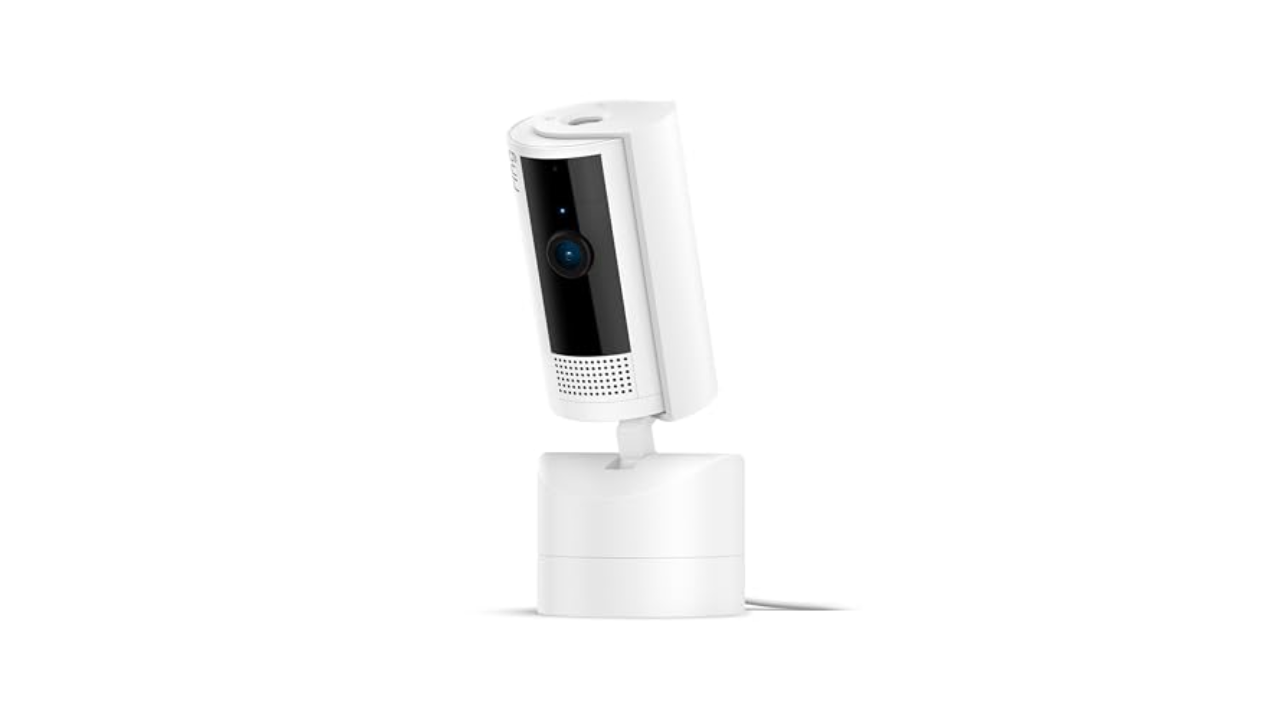While Google may have officially released Android 14 at the start of October, there’s a good chance you’re still waiting for the update to arrive on your device. In recent years, the company has done its best to reduce the lag between when the latest version of Android arrives on its own Pixel phones and those from third-party partners, but that gap still exists in 2023. As of the writing of this article, many phone manufacturers are still beta testing their Android 14 skins.
Engadget reached out to nearly every major phone manufacturer in the US market to find out how close they are to releasing a stable build of Android 14. If you’re unsure if your phone will receive the new OS, this article will answer that question too.
ASUS
ASUS began publicly testing Android 14 in the US on October 10. At the moment, the beta is only available on the company’s current flagship, the Zenfone 10. “The Zenfone 10 Android 14 closed community beta is first up – and as such Zenfone 10 is the first device which should be getting a stable release,” an ASUS spokesperson told Engadget.
ASUS declined to say when Zenfone 10 users could expect a stable version of Android 14 to arrive on their devices, with the company noting the timing of the release “is highly dependent on the stability and results of the beta tests with our signed-up community members.”
Beyond the Zenfone 10, only a handful of other ASUS phones will receive Android 14 due to the company’s current policy of supporting its recent devices with two platform updates. Taking that into account, the oldest phones ASUS will update with Android 14 are the Zenfone 9 and ROG Phone 6.
As the main steward of Android, Google was one of the first phone makers to release a stable build of Android 14. Much of the Pixel line, dating as far as back to 2020’s Pixel 4a 5G, has had access to Android 14 since October 4. Starting with the Pixel 8 series, Google has promised to support future devices for seven years. The first Android 14 Pixel Feature Drop will arrive sometime in December. In the meantime, you can enroll in the Android Beta for Pixel program to check out the first two Android 14 quarterly platform release (QPR) betas. Those include features that will arrive in later Feature Drops.
Huawei
Unless there’s a dramatic change in US-China relations, Huawei devices in the United States, Canada and Europe will not receive access to Android 14, at least not in the form accessible on devices from other manufacturers. In 2019, the Commerce Department placed the telecom giant on its Entity List, a move that prompted Google to cut official ties with Huawei. HarmonyOS, the company’s version of Android, doesn’t draw directly from the codebase Google makes available to its commercial partners. Additionally, most recent Huawei devices, including the Mate 60 Pro, aren’t available outside of China.
Motorola
Motorola will begin rolling out Android 14 to its phones in early 2024. The 2022 Edge, Edge+ and Edge 30 Fusion are the oldest devices the company plans to upgrade this time around. The company’s 2023 lineup — including the Razr, Razr+, Moto G Power, G Stylus and G 5G — are also slated to receive Android 14. “For the status of Android OS on a specific device, users can visit our software support page,” a Motorola spokesperson said.
Nothing
Carl Pei’s Nothing recently began rolling out the second open beta of Nothing OS 2.5, which builds on Android 14 with a few features designed to extend the capabilities of the company’s signature Glyph interface. “Nothing is continuing the process of Beta testing on Phone (2) which provides early access to our newest improvements, including new features for Glyph interface, and refinements resulting from Open Beta 1,” a Nothing spokesperson told Engadget.
Pei detailed Nothing OS 2.5 in a recent community update Nothing uploaded to YouTube. Among other enhancements, Open Beta 2 adds a new Glyph animation when the Phone 2’s NFC hardware is in use. The update also adds new optional shortcuts users can access from the Phone 2’s power button, and tweaks to the operating system’s three-finger swipe gesture to make it more reliable. You can find the full list of changes on Nothing’s website.
To date, Nothing has pledged to support its phones with three years of OS upgrades and four years of security updates. Having only entered the smartphone market in July 2022 with the Phone 1 and released one other handset since then, Nothing users can rest assured their device will get Nothing OS 2.5.
OnePlus
OxygenOS 14, OnePlus’ upcoming skin of Android 14, does not currently have a release date. The company declined to say when users could expect the update to arrive, telling Engadget it did “not have any additional information to share at this time.”
However, the good news is that OnePlus is testing a beta version of OxygenOS 14 with users outside of the company. On November 8, it announced the Beta 4 release of OxygenOS 14, at the same time making the software available to people in the US and India.
If you bought your OnePlus phone anytime in the last three years, it’s likely to receive Android 14. With its two most recent products, the OnePlus 11 and OnePlus Open, OnePlus pledged to provide four years of Android updates and five years of security patches. With earlier handsets, including last year’s OnePlus 10 Pro, the company said it would support those products with three years of platform updates.
With that in mind, the OnePlus 8T, which was released in late 2020, is likely the oldest OnePlus phone slated to receive OxygenOS 14. Additionally, as with most other manufacturers, those with older devices will probably end up waiting longer before they see the latest version of Android arrive on their phone.
Samsung
Samsung began rolling out a stable build of its Android 14 skin, One UI 6, at the end of last month. With the company offering four generations of OS updates on many of its recent devices, older phones like the Galaxy S21 and Galaxy A32 won’t be left out of the company’s Android 14 rollout. That said, expect to wait longer if you do own one of those earlier handsets.
Sony
Sony began rolling Android 14 to its flagship Xperia 1 V phone on November 6. If your 1 V hasn’t prompted you to install the update yet, you can manually check if it’s available to download by opening your phone’s Settings menu and tapping the “System Update” option, which is found under the “System” heading.
“The Android 14 update will be rolling out to other Xperia models,” a Sony spokesperson told Engadget. “However, we are not able to share the exact timing of that rollout.”
Xiaomi
Outside of Google, Xiaomi was one of the first OEMs to roll out a stable release of Android 14 to its users. As of this article, MIUI 14, which builds on the latest version of Google’s operating system, is available on the Xiaomi 13 Pro, 13 and 12T.
Unfortunately, those with older Xiaomi handsets may end up waiting a while before MIUI 14 arrives on their phone. “The exact timeline for Xiaomi to update its older devices to Android 14 is currently not available,” a Xiaomi spokesperson said. “Please stay tuned for further updates on this matter.”
This article originally appeared on Engadget at https://www.engadget.com/when-will-your-phone-get-android-14-152432975.html?src=rss
Credit: Source link









